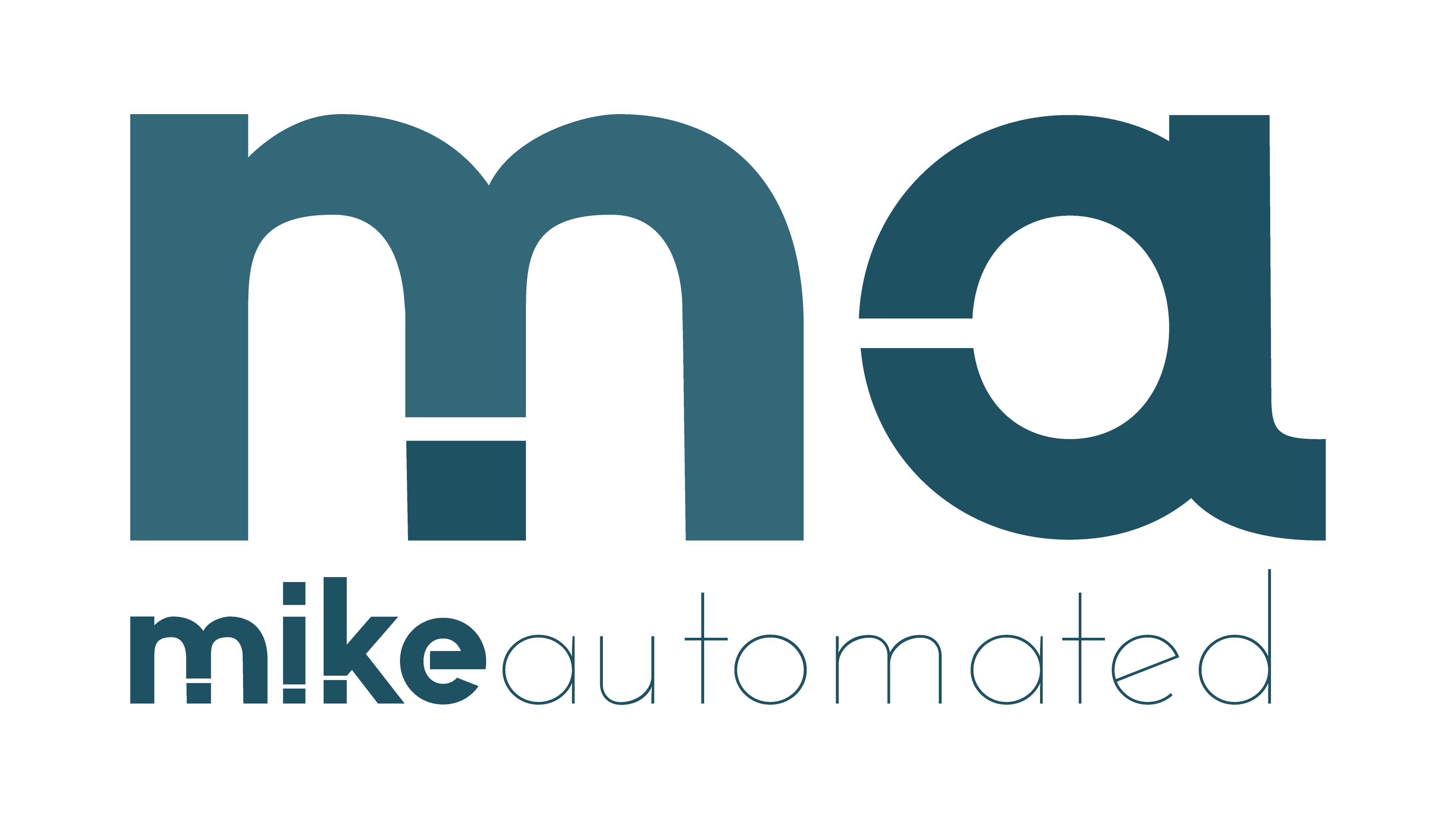Automating the Wrong Tasks: How to Identify What Not to Automate for True Efficiency
Business owners and marketing directors often face a critical dilemma: While automation promises efficiency and scalability, not every task is ripe for automation. The real challenge is knowing what not to automate. This article will unravel how to conduct a strategic process analysis and efficiency audit to distinguish high-value, human-dependent workflows from tasks that can benefit from automation. Let’s dive into actionable insights and real-world examples to shift your perspective on where to invest your automation efforts.
Understanding the Automation Dilemma
When organizations rush into automation, it is easy to automate routines without analyzing their complexities or value to the business. Automating the wrong tasks can lead to wasted resources, inefficiencies, and even increased operational risks. Consider a team that automates customer service responses without understanding the emotional intelligence required in complex interactions. Instead of reducing workload, the automation can frustrate customers and employees alike.
The Core Question: What Should You Not Automate?
At the heart of this discussion lays a simple yet profound question: How do I know what not to automate? The answer lies in assessing the processes by their inherent value and complexity. Tasks that rely heavily on human judgment, emotional intelligence, and creative brainstorming should often remain under human supervision. Moreover, processes that are already optimized and function smoothly can lose their competitive advantage when subjected to bulk automation.
Identifying Automation Pitfalls
One common pitfall is the tendency to view automation as a silver bullet for every operational inefficiency. However, without a detailed process analysis, automation can exacerbate issues. For example, in sectors like healthcare or customer support, employee empathy is key to customer satisfaction, and overly simplistic “if-then” automation algorithms might miss the nuances of each case. It’s essential to differentiate between routine, repetitive tasks that follow a strict rule set and those that require intricate decision-making.
Real-World Example: The Retail Fiction
Imagine a retail operation that decided to automate its procurement process entirely. While the repetitive ordering was handled by algorithms, the system failed to adapt during irregular supplier delays or sudden spikes in demand. The procurement team was sidelined despite their ability to negotiate better terms and adapt against unforeseen circumstances. This example underscores that automation should support, not replace, human expertise.
Framework for Effective Process Analysis
To avoid the trap of automating the wrong tasks, consider employing a structured framework:
- Task Value Assessment: Determine the strategic value of each task. Ask if the action influences relationships, trust, or creative outcomes.
- Complexity and Flexibility Check: Analyze if the task requires flexibility or if it can adapt to exceptional scenarios. High variability tasks are often better managed by humans.
- Error Impact Analysis: Evaluate the consequences of automation errors. If mistakes in automation lead to significant operational disruptions or customer dissatisfaction, consider keeping the process human-led.
- Cost-Benefit Review: Conduct an efficiency audit to ensure that the automation investment yields measurable improvements without compromising quality.
Efficient Audits: A Closer Look
An efficiency audit involves mapping out each process step to identify bottlenecks, redundant steps, and dependencies. By using visualization tools and process mapping software, you can uncover hidden complexities. Automation should simplify workflows without stripping them of context or control. For instance, during an audit, you might discover that certain customer service inquiries require a human touch – a nuance lost when responses become static automation scripts.
How to Use Data in Your Decision-Making
Leverage analytics to understand the performance of your current processes. By integrating data-driven insights with qualitative feedback from team members, you can better gauge which tasks are suited to rule-based automation and which require human intervention. Automation mistakes often stem from a misinterpretation of data or an over-reliance on quantitative measures without understanding the qualitative context. A balanced approach often reveals that automation is best used as a tool that augments human abilities, not a replacement for them.
Mental Models for Automation Decision-Making
Think of automation as a prism that refracts the reality of operations into different hues. Not every light passing through it is transformed in the same way. A useful mental model is the “80/20 Rule”: focus on automating the 80% of tasks that are routine, while the remaining 20% that require nuance and flexibility should stay in human hands. MikeAutomated, an agency specializing in marketing and AI solutions, advocates for this balanced approach to ensure that businesses don’t over-automate and lose the creativity and adaptability that drive innovation.
Navigating Change with Caution
Automation is continuously evolving, and so must your strategies. Schedule regular reviews of your automation strategies to ensure they remain aligned with your business goals. The marketplace is dynamic, and processes that are best suited for manual handling today may transform tomorrow. By staying agile and adaptive, you safeguard your operations from becoming outdated. The key takeaway is to see automation not as an end in itself but as a continuously adjusted instrument that supports human creativity.
Actionable Insights to Avoid Common Pitfalls
Here are a few steps you can take immediately:
- Audit Your Processes Regularly: Use a systematic approach to review each workflow and understand its nuances.
- Engage Your Team: Involve front-line employees in the decision-making process. Their firsthand experience provides insights that data alone might overlook.
- Iterate, Don’t Automate Fully: Instead of fully automating a process on the first go, pilot a partial automation and study the results.
- Value Human Creativity: Look for aspects of your workflow that nurture creativity and strategic thinking. Preserve these elements in their original form.
The Bigger Picture
Automation is not about creating robotic businesses; it’s about empowering teams to be more effective and strategic. By critically analyzing which tasks need a human touch, you build a resilient operation that can handle both routine and exceptional scenarios. The transformation lies in understanding that automation should free up valuable human resources rather than constrain them to repetitive work. It is a tool that, when applied judiciously, elevates your overall operational strategy.
A Final Reflection
In a landscape saturated with automation tips and AI solutions, the secret is to know when taking a back seat is the best move. Examine your workflow like a master strategist – identify the areas where your team adds irreplaceable value and let your technology support rather than replace that talent. By following these insights and leveraging expert partners like MikeAutomated, you turn confusion into clarity and lay the foundation for sustainable growth.
Remember, the most effective automation strategy is one that enhances human ingenuity rather than undermining it. As you move forward, always ask: Is this task better handled by a thoughtful human or a rule-based machine?


